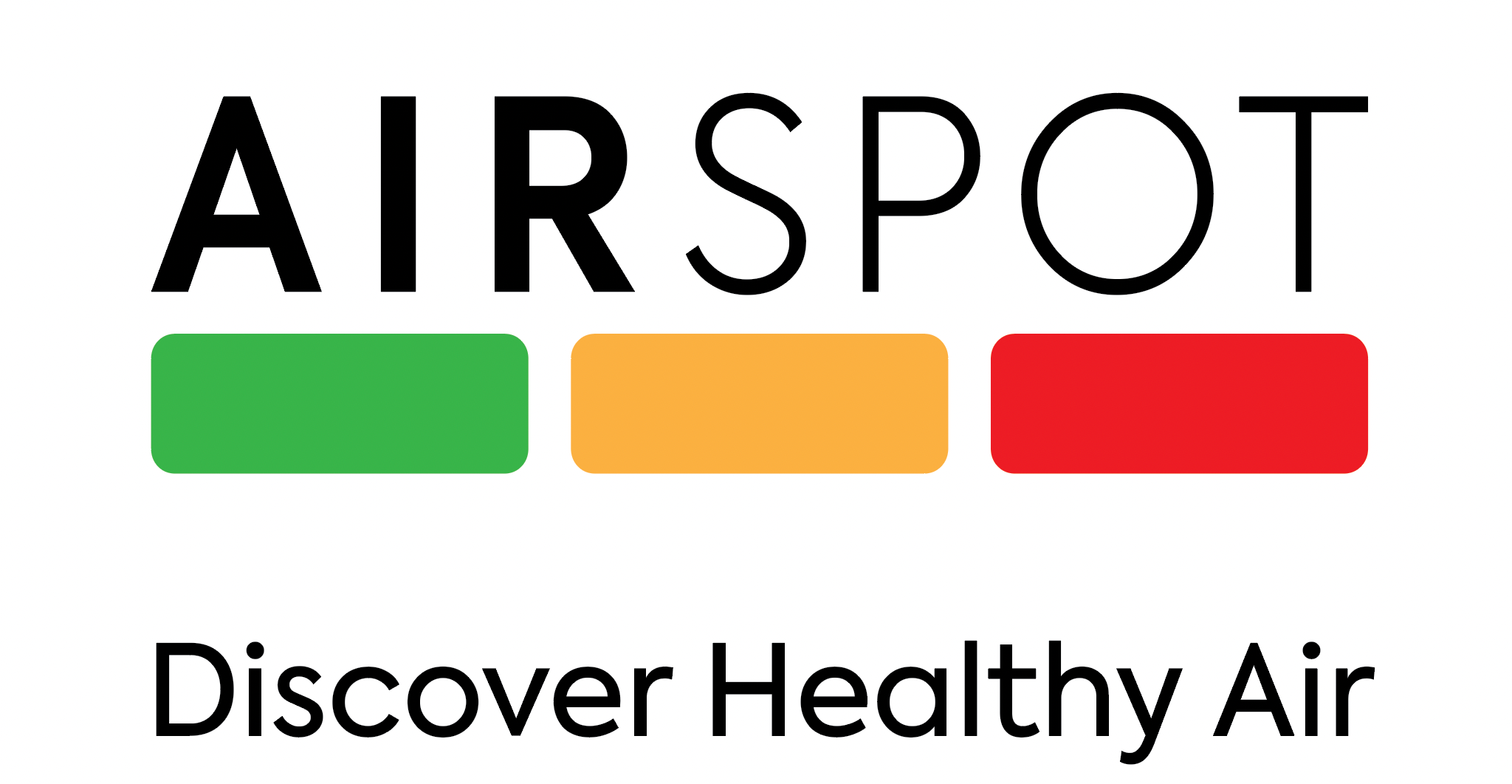Use of portable air cleaners to reduce aerosol transmission on a hospital coronavirus disease 2019 (COVID-19) ward
Abstract
Objective: To study the airflow, transmission, and clearance of aerosols in the clinical spaces of a hospital ward that had been used to care for patients with coronavirus disease 2019 (COVID-19) and to examine the impact of portable air cleaners on aerosol clearance.
Design: Observational study.
Setting: A single ward of a tertiary-care public hospital in Melbourne, Australia.
Intervention: Glycerin-based aerosol was used as a surrogate for respiratory aerosols. The transmission of aerosols from a single patient room into corridors and a nurses' station in the ward was measured. The rate of clearance of aerosols was measured over time from the patient room, nurses' station and ward corridors with and without air cleaners [ie, portable high-efficiency particulate air (HEPA) filters].
Results: Aerosols rapidly travelled from the patient room into other parts of the ward. Air cleaners were effective in increasing the clearance of aerosols from the air in clinical spaces and reducing their spread to other areas. With 2 small domestic air cleaners in a single patient room of a hospital ward, 99% of aerosols could be cleared within 5.5 minutes.
Conclusions: Air cleaners may be useful in clinical spaces to help reduce the risk of acquisition of respiratory viruses that are transmitted via aerosols. They are easy to deploy and are likely to be cost-effective in a variety of healthcare settings.
To read more click on this link: https://pubmed.ncbi.nlm.nih.gov/34266516/





